The 1st Asia -Middle East – Africa Conference on Academic and Research Integrity (ACARI) 2023, 17-19 December at Middlesex University Dubai. It was against this backdrop that the highly anticipated Handbook of Academic Integrity (2nd ed.), published by Springer, was unveiled at a dazzling soft launch, marking a milestone in the book’s journey and the evolution of academic integrity knowledge-sharing and community-building.
The handbook is now in its final stages of production, and the standalone second edition will be released in hard copy in January, 2024. To celebrate, Dr. Zeenath Reza Khan, who serves as one of the handbook’s section editors and contributors, and was a co-chair of the 1st Asia -Middle East – Africa Conference on Academic and Research Integrity (ACARI) 2023, 17-19 December led the organization of the soft launch for the handbook during the conference.
The launch was held during the closing ceremony of the conference on the final day in an auditorium at the prestigious Middlesex University Dubai, was both festive and scholarly, as it brought together educators, researchers, and advocates for academic integrity. In addition to conference delegates, a number of esteemed dignitaries attended including, His Excellency, Jamal Hossain, Consul General of Bangladesh to UAE; Dr. Mohammad Ali Reza Khan, Award-winning Expert Wildlife Specialist, Dubai Municipality, along with Professor Cedwyn Fernandes, Pro Vice Chancellor of Middlesex University and Director of Middlesex University Dubai. Special thanks to Ms. Rania Sheir, Senior Specialist, Entrepreneurship and Innovation, Ministry of Education, UAE, who not only attended the launch, but also posted about it on LinkedIn.
The Handbook, meticulously curated by leading experts in the field, is a compendium of insights, strategies, and best practices aimed at upholding the ethical practices in academia and research. It covers a diverse range of topics, from plagiarism to artificial intelligence, to the promotion of ethical behaviour in academic research, and much more. The multidimensional approach of the Handbook of Academic Integrity ensures that it caters to the needs of educators, administrators, and students alike.
A number of contributing authors were in attendance, including:
- Zeenath Reza Khan, Prakash Vel, Evira Asylguzhina and Veena Mulani – “Understanding Contract Cheating and Essay Mills Through a Social Lens in the Era of Web 3.0”
- Salim Razı – “Streamlined Collaboration to Face Academic Integrity Threats”
- Shiva Sivasubramaniam – “Academic Integrity in South Asia: Focus on India, Pakistan, and Sri Lanka”
- Yvonne Kavanagh – “Enhancing Cultures of Academic Integrity in Irish Higher Education” (co-authored with Sue Hackett, William Kelly, and Iain MacLaren)
- Anna Abalkina – “Quality and Policies for Academic Integrity: Challenges Faced by Russian Universities”
- Sonja Bjelobaba – “Building a Multinational Transdisciplinary Integrity Project: Insights From the BRIDGE Project”
- Thomas Lancaster – “Contract Cheating: Practical Considerations”
- Ann Rogerson – “Student Peer-to-Peer File Sharing as an Academic Integrity Issue”
Dr. Zeenath generously gifted two colleagues and me with authentic saris that we wore during the closing ceremony and the launch. As you can see from the photo below, I was given one in dark green and I just love it! I had an opportunity to say a few words about the book and its importance in the field, and to thank the organizers and authors. Each contributor was gifted a symbolic souvenir cut-out of the front cover of the handbook and following the formalities, we signed the back of one another’s covers.
The book launch culminated in a celebratory atmosphere, with attendees leaving inspired. The Handbook of Academic Integrity (2nd ed.), now poised to be a cornerstone in the field, builds on the first edition and stands as a testament to the collective commitment to nurturing a culture of integrity throughout every level of education and research.
Photo gallery:
____________________________
Share this post: Unveiling the Handbook of Academic Integrity (2nd ed.) in Dubai – https://drsaraheaton.wordpress.com/2023/12/28/unveiling-the-handbook-of-academic-integrity-2nd-ed-in-dubai/
This blog has had over 3 million views thanks to readers like you. If you enjoyed this post, please “like” it or share it on social media. Thanks!
Sarah Elaine Eaton, PhD, is a faculty member in the Werklund School of Education at the University of Calgary, Canada. Opinions are my own and do not represent those of my employer.
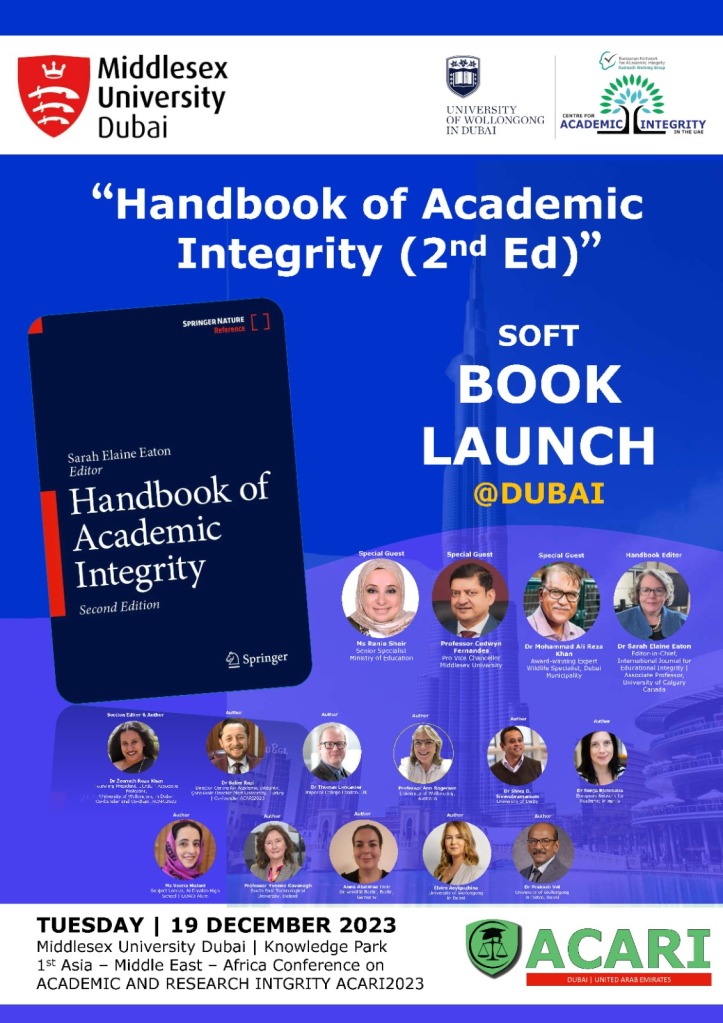
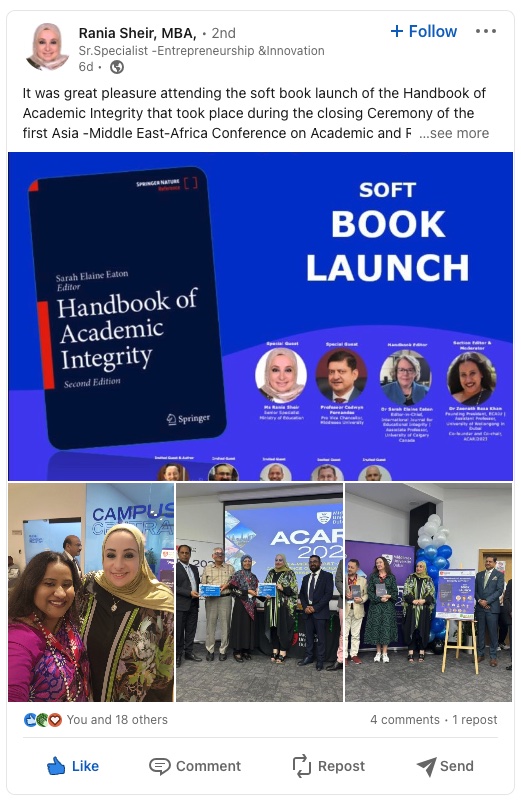
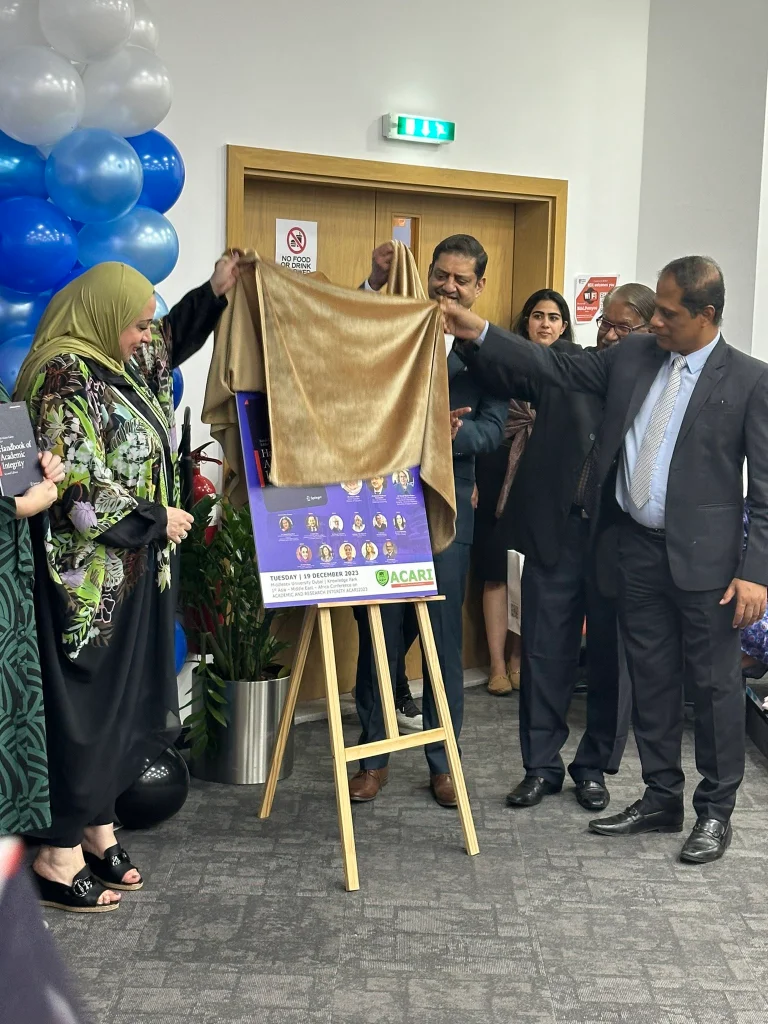
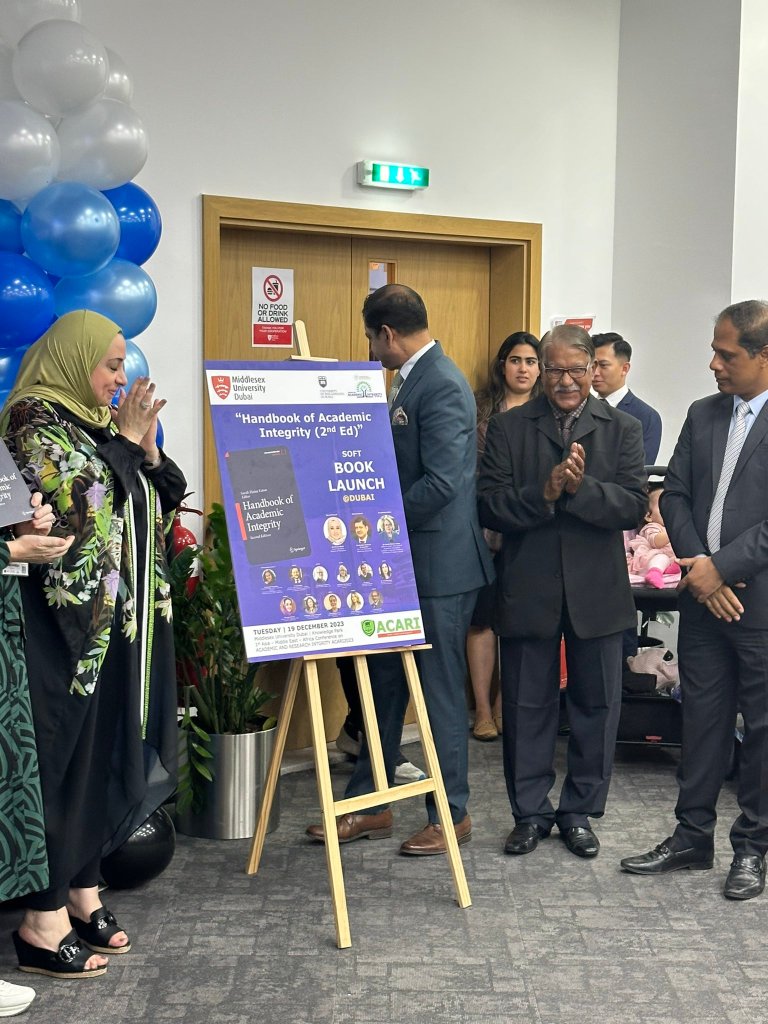
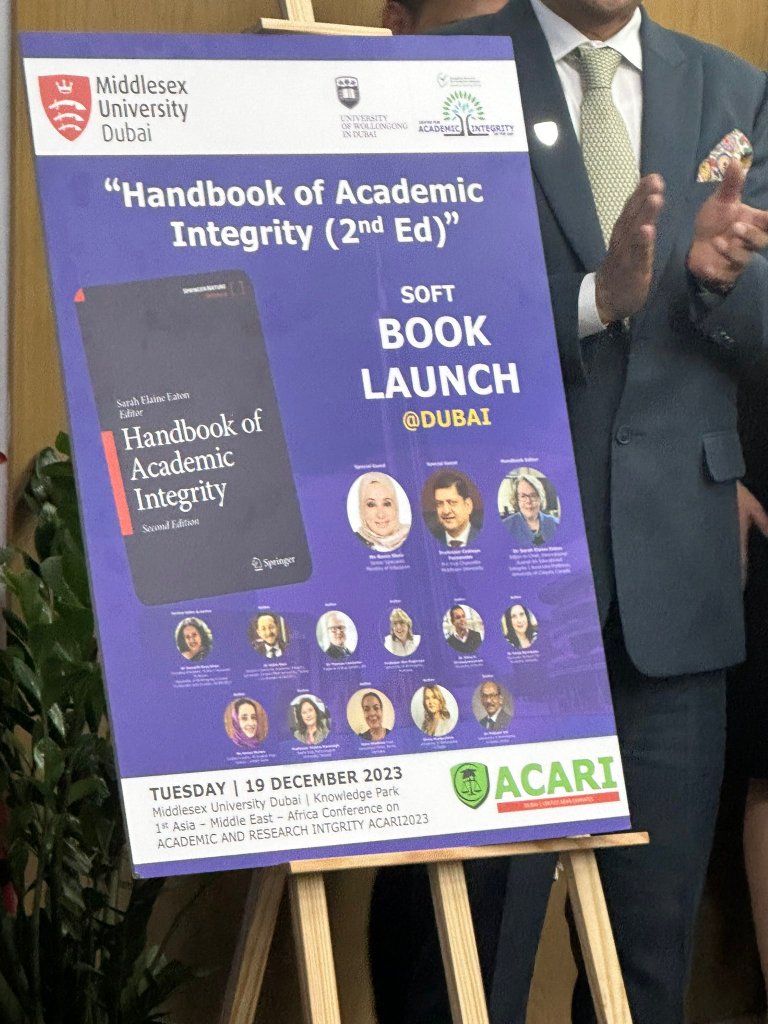

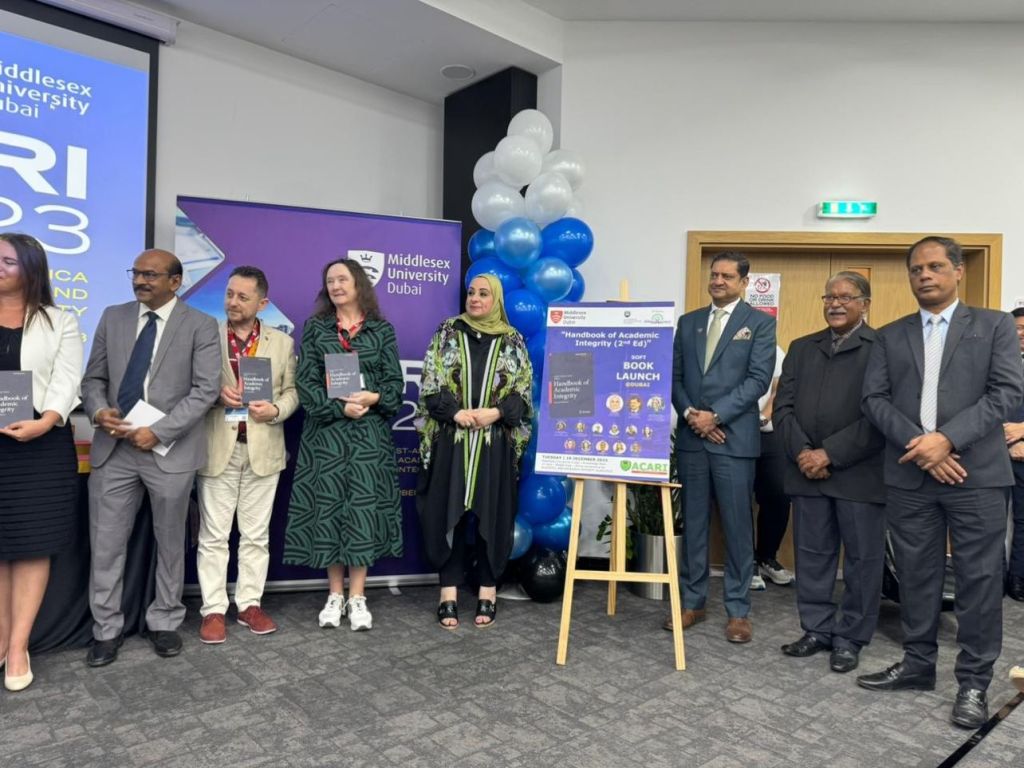
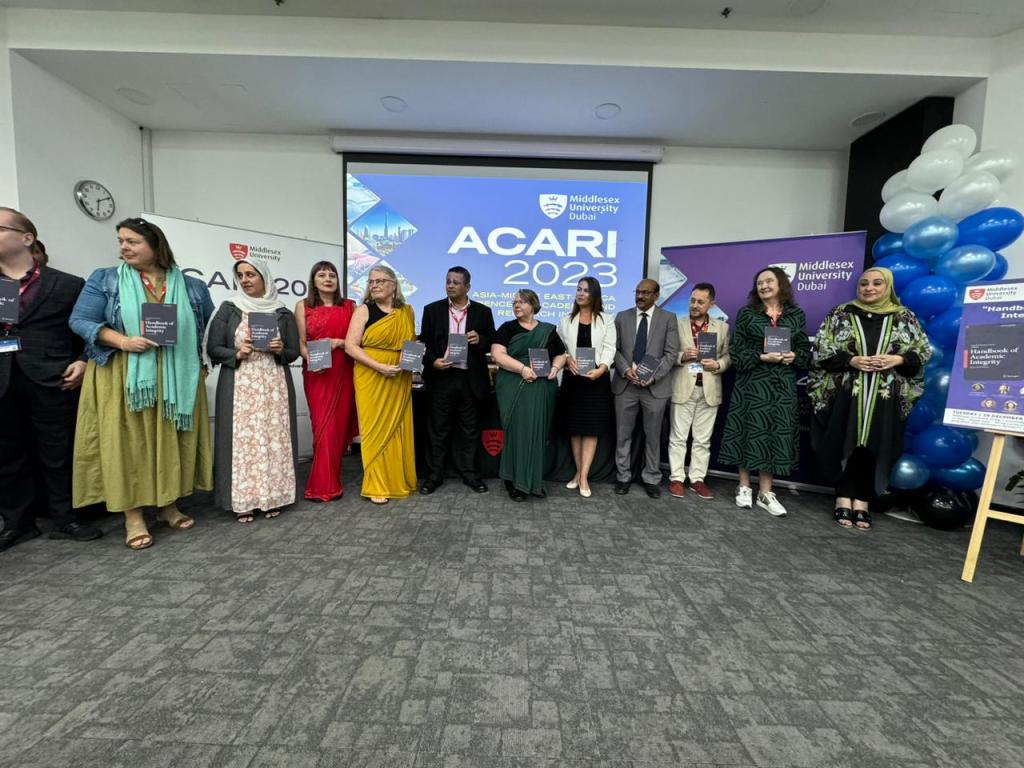



 Posted by Sarah Elaine Eaton, Ph.D.
Posted by Sarah Elaine Eaton, Ph.D. 
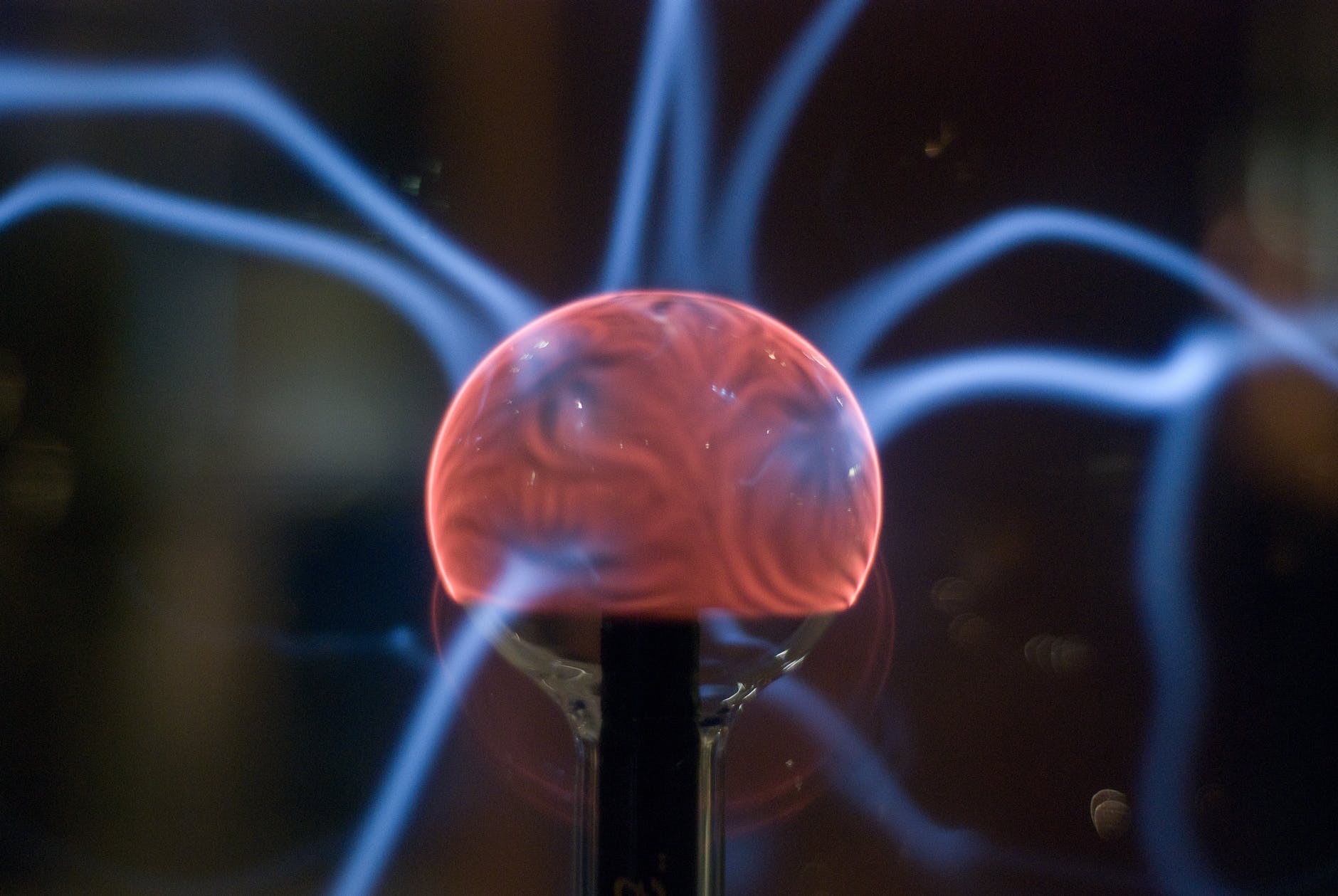



You must be logged in to post a comment.